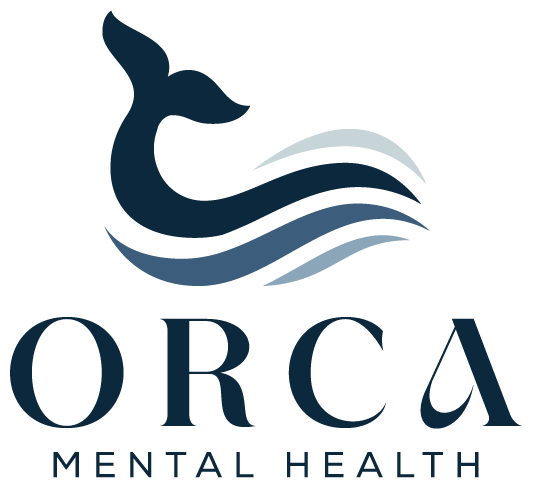EMDR Therapy in San Diego
- Home
- Treatment Methods
- EMDR
- About Our Program
San Diego Eye Movement Desensitization and Reprocessing (EMDR)
At ORCA Mental Health, we offer Eye Movement Desensitization and Reprocessing (EMDR) therapy in San Diego as part of our Partial Hospitalization (PHP) and Intensive Outpatient (IOP) programs. EMDR is a research-backed protocol that helps individuals process and recover from traumatic experiences, distressing memories, and emotional difficulties.
Recover from trauma & emotional difficulties
- We Are Here to Help
What is EMDR Therapy?
EMDR is a specialized therapy that helps individuals reprocess distressing memories, reducing their emotional impact it has on their daily life. Unlike traditional talk therapy, EMDR uses bilateral stimulation and allows the client to have autonomy in the process.
- Learn more
The 8 Phases of EMDR Therapy
There is a set process you can expect to go through when starting EMDR treatment in San Diego. EMDR follows an eight-phase protocol to guide clients through trauma processing safely and effectively:
- History-Taking & Treatment Planning – Identifying traumatic memories, symptoms, and treatment goals.
- Preparation – Teaching grounding and self-regulation techniques to ensure emotional stability and confidence for reprocessing.
- Assessment – Identifying target memories and negative beliefs associated with trauma/memories.
- Desensitization – Using bilateral stimulation to reduce emotional intensity linked to distressing memories.
- Installation – Strengthening positive beliefs with memory instead of the negative self-perceptions.
- Body Scan – Checking for remaining distress and ensuring full resolution of traumatic responses in the body.
- Closure – Stabilizing emotions at the end of each session to ensure safety and well-being after sessions.
- Reevaluation – Reviewing progress and identifying any remaining distress to address in future sessions.
- Our Program
Who Can Benefit from EMDR?
EMDR is particularly effective for individuals struggling with:
- Post-Traumatic Stress Disorder (PTSD)
- Anxiety, panic attacks, and phobias
- Depression and negative self-beliefs
- Substance use and relapse triggers
- Chronic stress and emotional dysregulation
EMDR for Co-Occurring Disorders
For clients dealing with both mental health and substance use challenges, EMDR can help by:
- Addressing trauma-related triggers that contribute to substance use
- Reprocessing memories linked to self-destructive or impulsive behaviors
- Reducing cravings and emotional distress that fuel addiction cycles
- Learn More
Integrating EMDR into PHP/IOP Treatment
At ORCA Mental Health in San Diego, EMDR is used alongside other therapeutic approaches for a comprehensive treatment experience, including:
- Cognitive Behavioral Therapy (CBT) – Restructuring negative thought patterns
- Dialectical Behavior Therapy (DBT) – Enhancing emotional regulation skills
- Acceptance and Commitment Therapy (ACT)- Developing a self or identity that is not defined by the trauma(s) and engages in a value system.
- Mindfulness & Somatic Therapies – Supporting mind-body healing
- Medication Management – Addressing neurobiological factors contributing to distress
- ORCA Mental Health
A Path to Healing & Empowerment
- Be Prepared
What to Expect During an EMDR Session
- History & Treatment Planning – Identifying distressing memories and goals for reprocessing
- Preparation – Learning grounding and coping strategies for emotional safety
- Assessment & Processing – Using bilateral stimulation to reprocess traumatic memories
- Closure & Integration – Reinforcing positive beliefs and emotional regulation skills
- Our Program
Find EMDR Therapy in Oceanside
To learn more about EMDR therapy, visit:
- EMDR International Association (EMDRIA): https://www.emdria.org
- EMDR Institute: https://www.emdr.com
If you or a loved one are interested in healing through EMDR therapy, contact us today to learn more about our PHP/IOP programs.
Heal with ORCA Mental Health
- Get Help With Costs
We Accept Most Major Insurances
Contact our team or fill out our online form to verify your insurance coverage.








- Get Started
Take the First Step Toward Recovery
At ORCA Mental Health, we believe in a holistic and individualized approach to mental health care. We recognize that every journey is unique, and our programs are tailored to the specific needs of each client.
- Our clients receive the most effective and relevant treatment
- We work collaboratively to provide the highest standard of care
- Our Community fosters long-term recovery and personal growth

